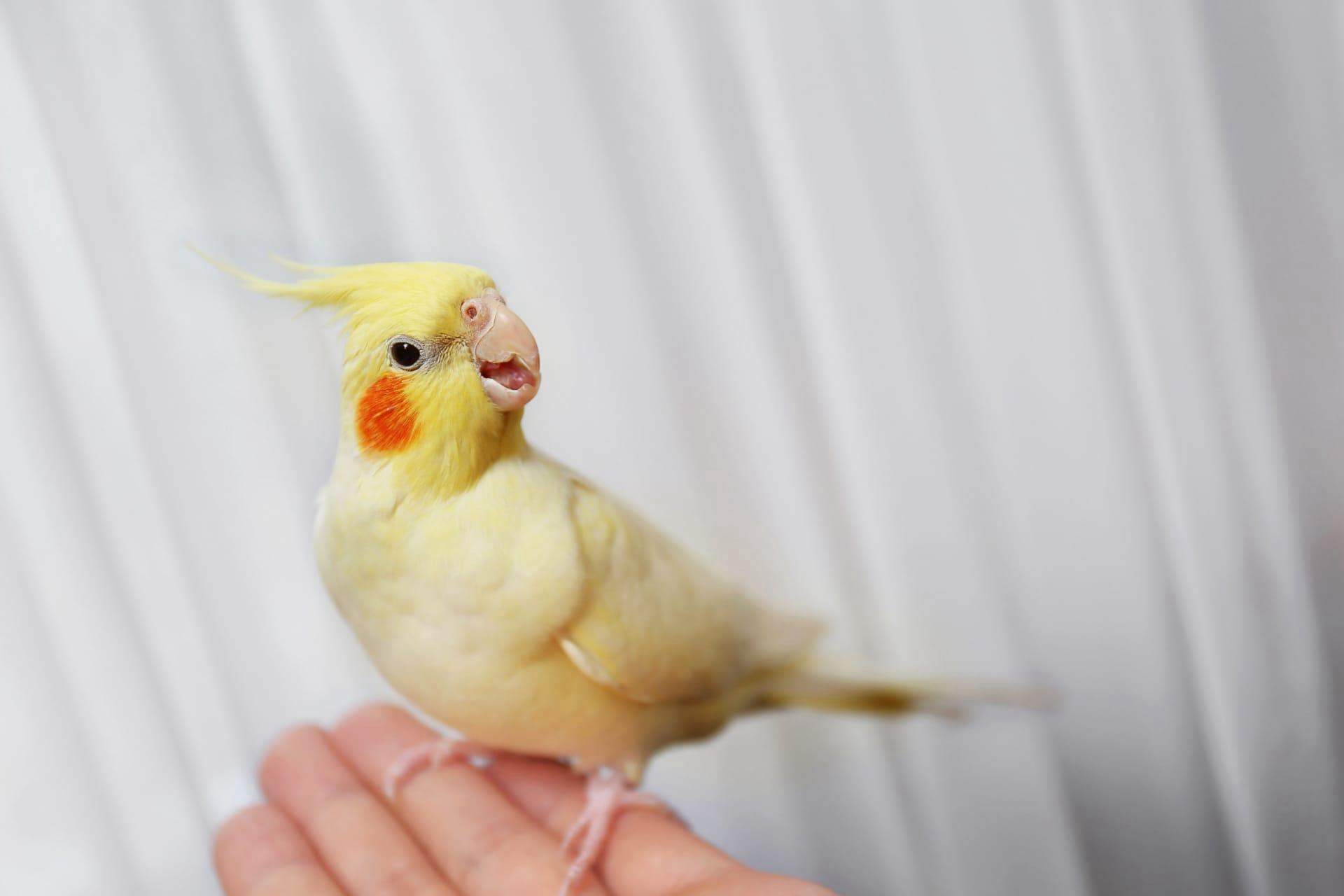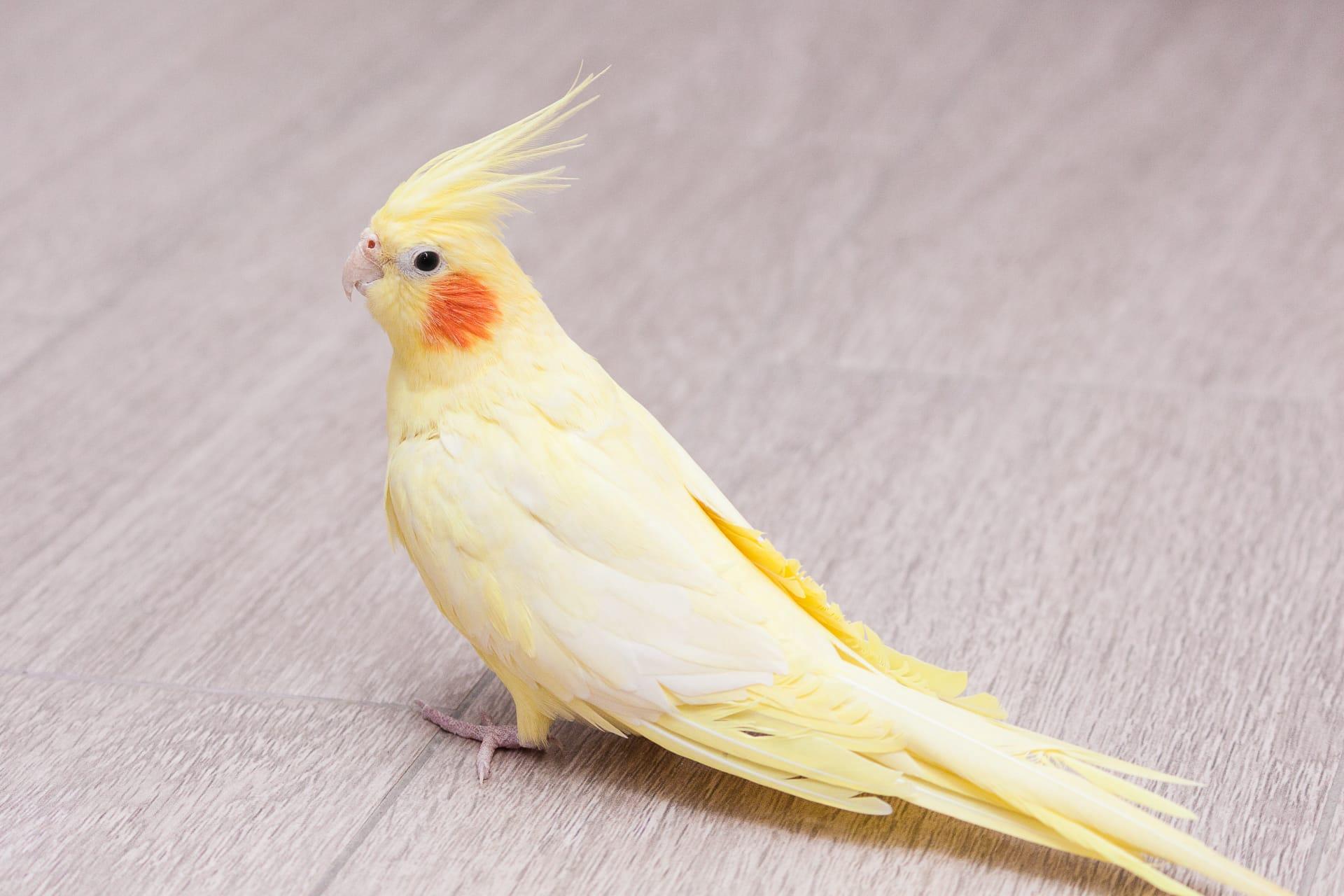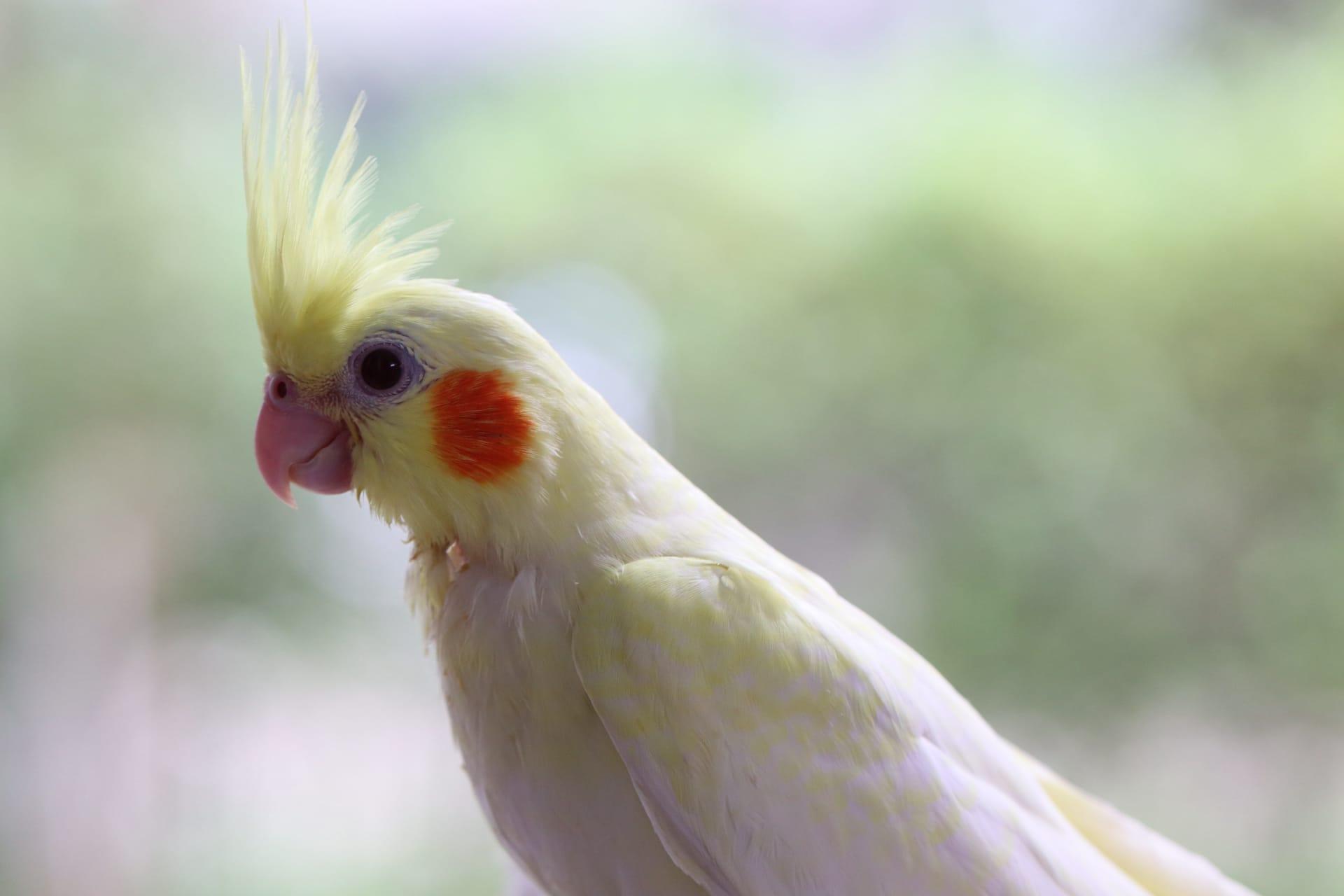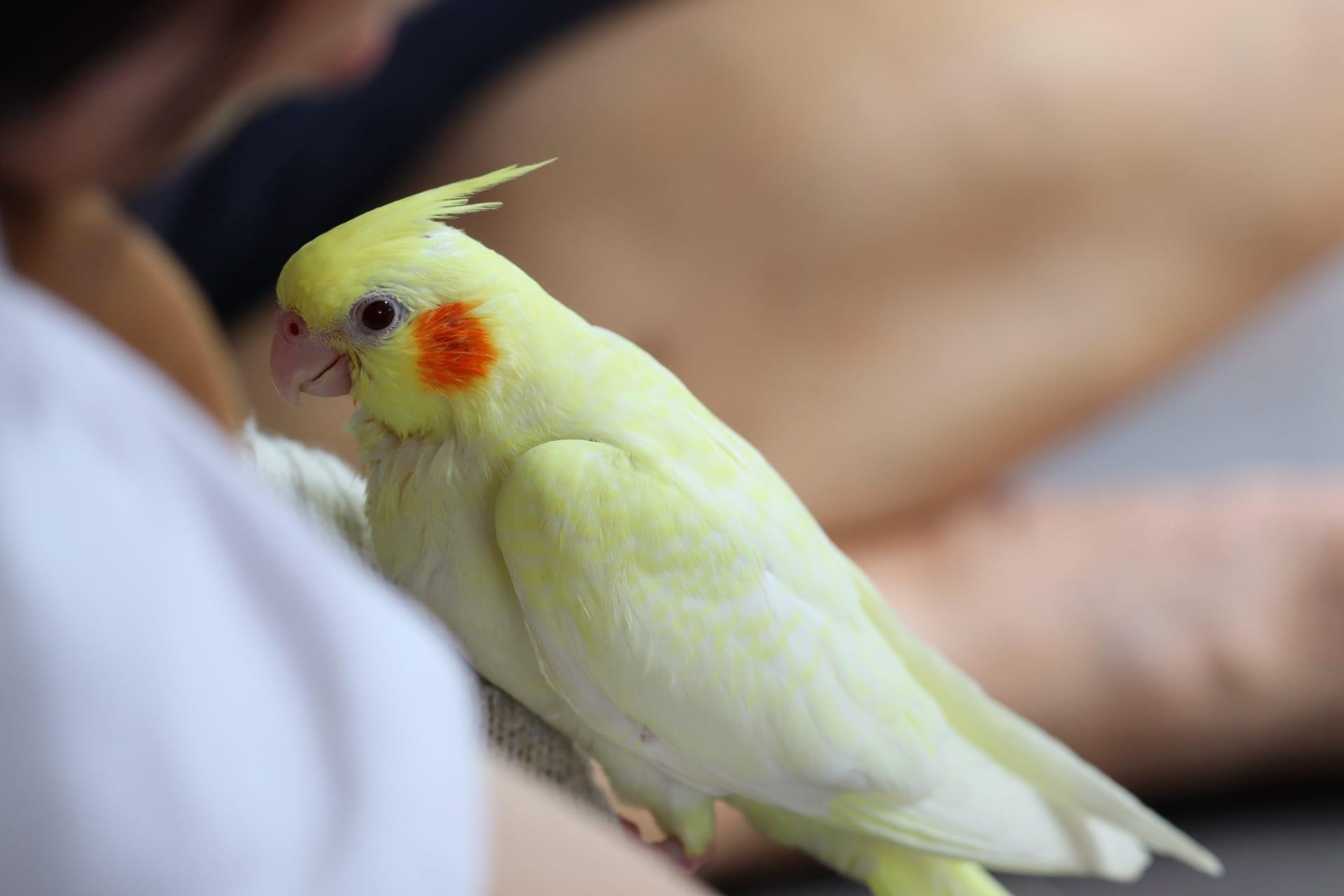Cockatiel Characteristics
- Home /
- Mini Encyclopedia /
- Animal /
- Cockatiel Characteristics
1
Cockatiels, charming birds native to Australia, are known for their distinctive appearance and friendly nature. These birds typically measure about 12 to 13 inches in length, including their long tail feathers. They have a compact, rounded body and weigh between 70 to 100 grams. The lifespan of a cockatiel in the wild is usually around 10 to 15 years, but in captivity, with proper care, they can live up to 20 years or more.
One of the most remarkable features of a cockatiel is its crest. This expressive crest is made up of elongated feathers on the top of their head. When a cockatiel is relaxed or content, the crest lays flat, but when excited, frightened, or curious, the crest will rise vertically. This crest, functioning as a mood indicator, helps owners and fellow cockatiels understand their emotional state. Additionally, the crest plays a role in mating rituals and territorial displays.

2
Question: Why do cockatiels bob their head up and down?
Answer: Head bobbing in cockatiels is a common behavior with multiple meanings. Young cockatiels often bob their heads when hungry, signaling to their parents that they need food. Adult cockatiels, especially males, bob their heads as part of courtship behavior to attract a mate. This rhythmic motion, often accompanied by singing or whistling, displays the bird's health and vigor. In some cases, head bobbing can also be a sign of excitement or a way to grab the attention of their human companions or other birds.

3
Cockatiels are agile flyers, characterized by their swift and graceful flight. In the wild, these birds are often seen flying in flocks, maneuvering effortlessly through trees and open spaces. Their strong, pointed wings enable quick take-offs and sudden turns, essential for escaping predators or chasing insects in flight.
As omnivores, cockatiels have a varied diet consisting of seeds, fruits, and insects. Their strong, curved beak is adept at cracking open seeds and nuts, which form the bulk of their diet. When foraging, cockatiels use their feet and beak to explore and pick food items. Their diet also includes small insects and larvae, providing essential proteins. In captivity, a balanced diet including pellets, fresh fruits, and vegetables, along with occasional treats of protein-rich foods like boiled eggs, is recommended for their health.

4
Cockatiels are originally from the arid and semi-arid regions of Australia, where they inhabit open country areas, often near water sources like creeks and billabongs. They are adapted to a dry climate and can endure long periods without direct water, deriving moisture from their food. However, they do enjoy bathing when water is available. In the wild, they are often seen in flocks, which helps in spotting predators and locating food.
Reproduction in cockatiels involves intricate courtship rituals, where males display their feathers, sing, and dance to attract a mate. They are monogamous birds, often forming long-lasting bonds. Nesting typically occurs in tree hollows, where the female lays 4 to 6 eggs. Both parents participate in incubating the eggs and feeding the young. The chicks are born altricial, meaning they are blind and featherless at birth, and depend entirely on their parents for warmth and food.

5
Book: "The Complete Guide to Cockatiel Care" delves into the world of cockatiels, exploring their history, behavior, and care needs. Published in the United States in the early 2000s, this book by avian expert Jane Smith offers insights into creating a stimulating environment for these birds, their dietary needs, and health care tips. Smith’s work is praised for its practical advice and in-depth coverage of cockatiel care.
Book: "Cockatiels: Nature's Colorful Companions" is an Australian publication from the 1990s by ornithologist David Attenborough. This book explores the natural habitat and behavior of cockatiels in the wild. Attenborough's vivid descriptions and personal anecdotes provide an engaging overview of these birds' social structure, mating rituals, and adaptation to the Australian landscape. The book is celebrated for its stunning photography and detailed observations, making it a favorite among bird enthusiasts and nature lovers.